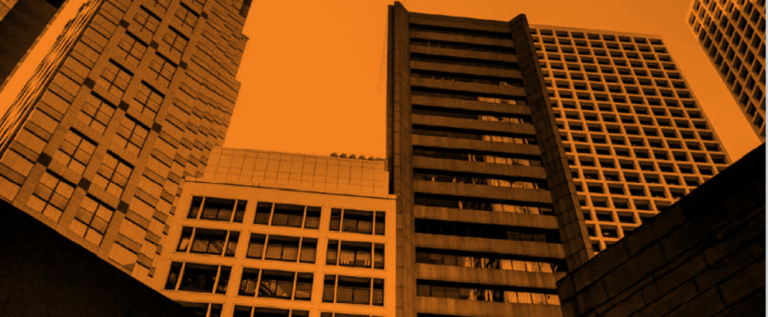One of the complex interactions between humans and religion is the Kumbh riverside festival - the largest single-purpose gathering of people on the planet. This year Kumbh Mela 2019 at Prayagraj (Allahabad) hosts the world’s largest temporary city.
Based on star alignment calculations, the time and place of the ‘Kumbh' is determined at one of the four river-sites: Haridwar, Prayagraj, Nasik and Ujjain where the mythical Saraswati, Ganga and Yamuna meet. The temporary cities that spring up around these riverside festivals are attended by millions and are perhaps the oldest temporary cities of the world. The Ardh Kumbh in Prayagraj (Allahabad) from January 15 to March 4, 2019 will have a footfall of whopping 150 million - greater than the combined populations of Britain and Spain. A vast tent city has been built on the mudflats of the river banks spread across 3,200 hectares connected by 250 km long roads and 22 pontoon bridges and lit by 40,000 LED lights. The integrated Control and Command Centre facilitate security and controlling the traffic and crowd movement. The ambassadors of about 71 countries have unfurled the national flag of their countries in this mega city and some 6,000 religious and cultural organisations have been allotted land. At a state expenditure of Rs. 2300 crore on Mela infrastructure and Rs 4300 crore on stable development, the roads have been widened, new flyovers have been built, nine railway stations upgraded and a new airport terminal has been constructed.
At a state expenditure of Rs. 2300 crore on Mela infrastructure and Rs 4300 crore on stable development, the roads have been widened, new flyovers have been built, nine railway stations upgraded and a new airport terminal has been constructed.
- More than 122,000 geo-tagged toilets have been installed
- Free and clean drinking water is available from 160 dispensers around the mela ground.
- Five warehouses and 160 "fair price" ration shops have been set up to distribute rice, flour, sugar and kerosene oil for cooking, free to religious camps and at subsidised rates to other pilgrims
- A 100-bed central hospital and 10 smaller hospitals have been up and running.
Kumbh microcosm—at the scale of a small city can be cited as a marvel of civic planning and logistics and an almost perfect coordination between various agencies. The accountability & flexibility offered to various state agencies is the key to successful implementation of projects on ground and perhaps worth replicating in our permanent cities.As Architect Rahul Mehrotra of RMA Architects had once stated, “From the Kumbh we believe we can learn about planning and design, but also about cultural identity and urban adjustment. Issues of social inclusion, diversity and even democracy emerge under its framework of a neutralising grid of roads. The Kumbh Mela is a case study in which we can see a process that has already mastered certain systems; how can these now be used for low-impact and economical urban design, educating large populations on sustainable living strategies or disaster response?”



















